
About Predicate Offence:
- A predicate offence is a crime that is a component of a more complex criminal activity, often associated with money laundering or organised crime.
- It serves as the underlying criminal act that generates proceeds or funds for the subsequent illegal activity.
- The term “predicate offence” is usually used to describe money laundering or terrorist financing activities.
- Predicate Offence under the Prevention of Money Laundering Act (PMLA):
- The legislative intent behind predicate offences under PMLA finds its roots in the pursuit of curbing not only illicitly gained wealth but also income legally acquired yet concealed from the watchful eyes of public authorities.
- The PMLA designates certain offences as predicate offences through the Schedule, consisting of three parts: Part A, Part B, and Part C.
- Part A:
- This section enumerates offences under the Indian Penal Code (IPC) that are deemed predicate offences.
- Ranging from criminal conspiracy, waging war against the government, counterfeiting, to offences related to extortion, robbery, forgery, cheating, and more, Part A delves into the core fabric of criminal activities.
- Part B:
- Under this section, offences under the Customs Act become predicate offences if their value exceeds one crore rupees.
- This section focuses on violations related to customs duties and regulations.
- Part C:
- This segment encompasses offences of cross-border implications, encompassing not only Part A's offences but also those against property under Chapter XVII of the Indian Penal Code.
- Additionally, the wilful attempt to evade taxes, penalties, or interest under the Black Money (Undisclosed Foreign Income and Assets) and Imposition of Tax Act, 2015 also finds a place here.
- The Supreme Court held that ‘If there’s no predicate offence, there are no proceeds of crime. Therefore, there can’t be money laundering’.
2. What is a Partnership Firm?

About Partnership Firm:
- A partnership firm is a business entity where two or more individuals come together to manage and operate a business.
- The partners pool their resources, knowledge, and skills to achieve common business goals.
- It is a widely preferred form of business, primarily due to its simplicity and ease of formation.
- The partnership business includes any kind of trade, occupation, and profession.
- A partnership consists of three essential elements.
- A partnership must be the result of an agreement between two or more individuals.
- The agreement must be built to share the profits obtained from the business.
- The business must be run by all or any of them representing the rest.
- All these conditions must coexist before a partnership can come into existence.
- Indian Partnership Act, 1932:
- A partnership firm in India is governed and regulated by the Indian Partnership Act, 1932.
- The Act defines partnership as a profit-sharing relation between two or more partners.
- The duties and responsibilities of the partners, along with profit sharing, are defined in an agreement or deed known as Partnership Agreement.
- There are mainly three types of partnerships, which are as follows:
- General Partnership:
- In a general partnership, all the partners hold equal rights and participate in the decision-making and management of the firm.
- The general partner puts his capital, skills, and labor to achieve the firm’s financial goals.
- In a general partnership, a partner has unlimited liability and has the right to take decisions regarding the management and operations of the firm.
- Partnership at will:
- Section 7 of the Indian Partnership Act, 1932, defines partnership at will as when there is no provision made between the partners for the duration of their partnership, or for the determination of their partnership.
- There are two essential conditions for partnership at will, which are as follows:
- There is no fixed period for the partnership to exist
- There is no determination of the partnership.
- Particular partnership:
- A particular partnership is formed to manage and run a particular business or venture.
- When the particular purpose is served, the partnership can be dissolved.
- However, the partners can continue with the said partnership by making an agreement.
- If there is no agreement, the particular partnership is dissolved.
What is a Limited Liability Partnership (LLP)?
- An LLP is a corporate business form that provides the benefits of a partnership firm and a company.
- It is a hybrid between a company and a partnership firm as it incorporates the properties of both structures.
- LLP is a separate legal entity, and it can own properties in its own name. It alone will be liable to its liabilities.
- Partner’s liability is limited to their contribution to the LLP. Partners of an LLP are responsible only for their own actions.
- In other words, they are not liable to the outside creditors personally.
3. What is the Peace Clause at WTO?
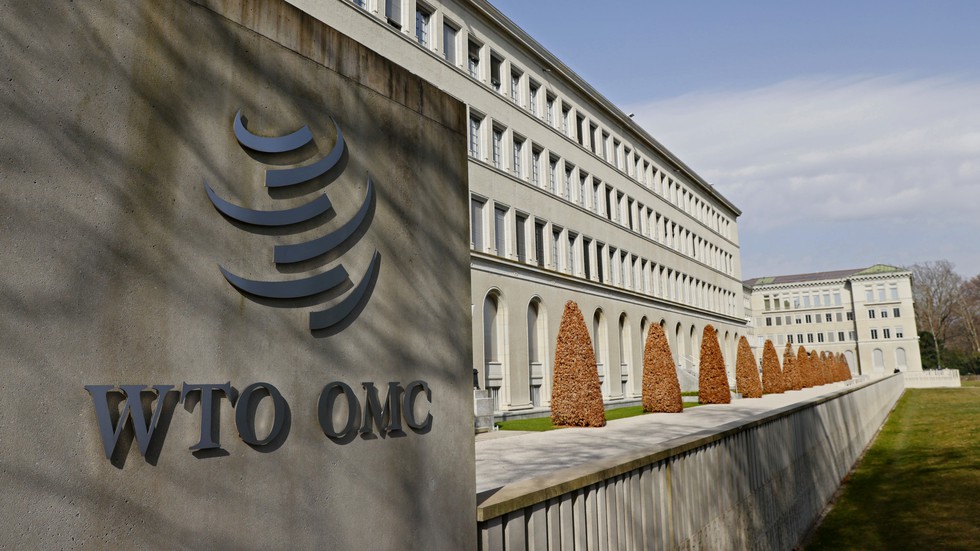
About Peace Clause:
- Under the Peace Clause, WTO members refrain from challenging any breach in the prescribed subsidy ceiling given by a developing nation at the dispute settlement forum of the WTO.
- Subsidies over and above the prescribed ceiling are seen as trade-distorting.
- Subsidy ceiling: Under the global trade norms, a WTO member country's food subsidy bill should not breach the limit of 10 percent of the value of production based on the reference price of 1986-88.
- India has been seeking amendments to the formula for calculating this food subsidy cap.
- As an interim measure, the WTO members at the Bali ministerial meeting in December 2013 agreed to put in place a mechanism popularly called the Peace Clause and committed to negotiating an agreement for a permanent solution.
- This clause will be there till a permanent solution is found to the food stockpiling issue.
- While the ‘peace clause’ allows developing countries to breach the 10% ceiling without invoking legal action by members, it is subject to onerous notification requirements and numerous conditions such as not distorting global trade and not affecting food security of other members.
4. What is TSAT-1A?

About TSAT-1A:
- It is an optical sub-metre-resolution Earth observation satellite.
- It was built by Tata Advanced Systems Limited (TASL) in collaboration with Latin American company Satellogic Inc, following a collaboration agreement between the two companies in late 2023.
- TSAT-1A was assembled in TASL's Assembly, Integration, and Testing (AIT) plant at its Vemagal facility in Karnataka.
- It was launched by SpaceX's Falcon 9 rocket from the Kennedy Space Center, Florida, in the US.
- Features:
- TSAT-1A's core strength lies in its ability to capture military grade imagery of Earth's surface with sub-meter resolution.
- It is equipped with both multispectral and hyperspectral imaging capabilities. This technology allows TSAT-1A to collect data across a wide range of wavelengths within the electromagnetic spectrum, providing a deeper and more nuanced understanding of land, water, and various natural resources.
- TSAT-1A boasts greater collection capacity, a wider dynamic range (the ability to capture detail in both very bright and very dark areas), and low-latency delivery of data.
- This satellite will be used by Indian defense forces to gather discreet information, and this information will be shared with friendly nations.
- It can enable defence forces to enhance their preparedness, response capabilities, and strategic decision-making.
- While India has a few military spy satellites built by ISRO, this is the first such initiative in the private sector.
5. What is Neptis philyra?
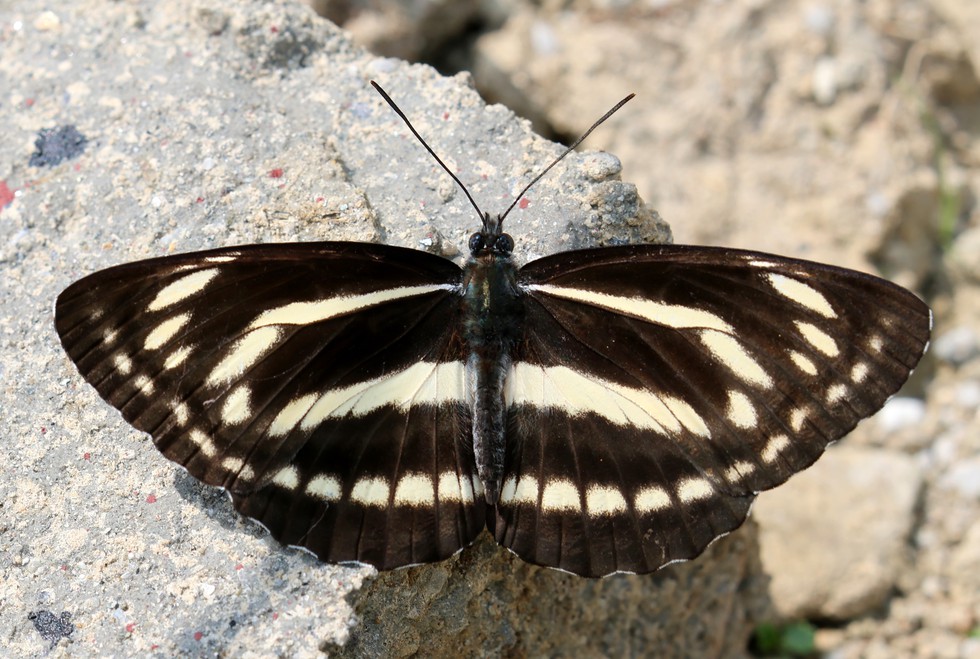
About Neptis philyra:
- It is a rare species of butterfly, commonly known as the long-streak sailor.
- Till date, the butterfly species was known to be found across various regions of east Asia, including eastern Siberia, Korea, Japan, central and southwest China.
- The butterfly has serrated wings with rich brownish-black on the upper side and yellow-brown on the underside.
- The butterfly’s distinct markings include a white cell streak forming a “hockey stick” pattern on the forewing.
- The species, which is part of the Nymphalidae family, is known to prefer habitats such as evergreen forests, riverine vegetation, and rocky streams.
Key Facts about Tale Valley Wildlife Sanctuary:
- Location: It is located near the Apatani cultural landscape in the Lower Subansiri District of Arunachal Pradesh.
- Rivers like Pange, Sipu, Karing, and Subansiri flow through this sanctuary.
- Flora: It has a stunning spectrum of subtropical and alpine forests like silver fir trees, ferns, orchids, bamboo, and rhododendron.
- Fauna: Clouded leopard, Himalayan squirrel, Himalayan Black Bear etc.
6. Electronic Trading Platforms (ETPs)

About Electronic Trading Platforms:
- These are electronic system, other than a recognised stock exchange, on which transactions in eligible instruments like securities, money market instruments, foreign exchange instruments, derivatives, etc. are contracted.
- In India no entity shall operate an ETP without obtaining prior authorisation of RBI under ‘The Electronic Trading Platforms (Reserve Bank) Directions, 2018’.
- Resident persons operating ETPs without authorisation from RBI, collecting and effecting/remitting payments directly/indirectly outside India shall render themselves liable for penal action, including the Foreign Exchange Management Act, 1999 and the Prevention of Money Laundering Act, 2002.
- ETPs authorised by the Reserve Bank shall host transactions only in instruments approved by the Reserve Bank.
- Criteria for authorization of ETPs
- The entity shall be a company incorporated in India.
- An entity seeking authorisation as an ETP operator shall maintain a minimum net-worth of Rs.5 crore (Rupees five crore only) and shall continue to maintain the minimum net-worth prescribed herein at all times.
- The existing entities operating ETPs with a net-worth lower than the prescribed net-worth requirement shall achieve the minimum net-worth of Rs.5 crores within one year from the date of authorisation by the Reserve Bank.
- Banks seeking authorisation to operate ETP shall earmark a minimum capital of Rs.5 crore for the purpose.
7. Glycaemic Index
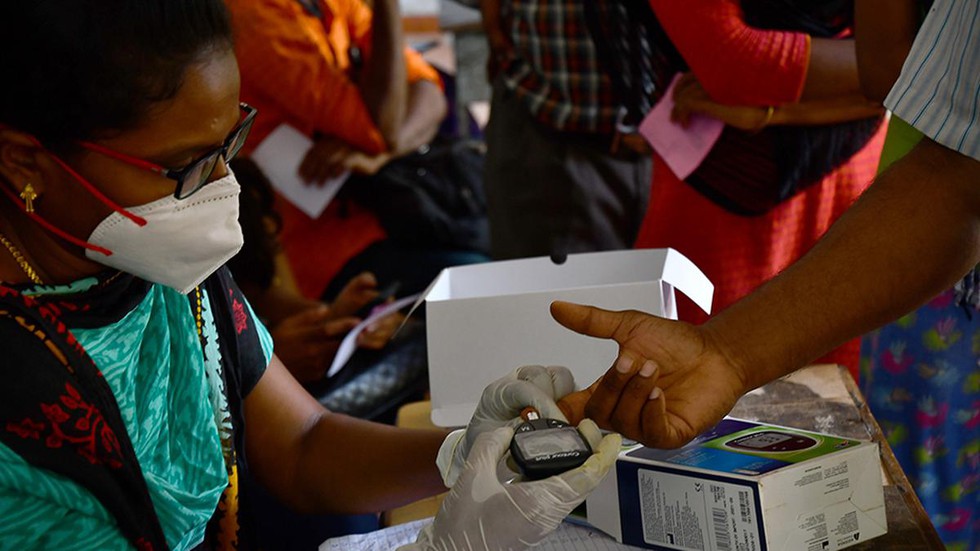
About Glycaemic Index:
- It ranks carbohydrate-containing foods based on the blood glucose response, post-prandial or after a meal. The higher the blood sugar reading, the higher will be the GI.
- It shows how quickly each food affects your blood sugar (glucose) level when that food is eaten on its own.
- Foods are ranked on a scale of 0 to 100, with pure glucose (sugar) given a value of 100.
- The lower a food's glycemic index, the slower blood sugar rises after eating that food. In general, the more processed a food is, the higher its GI, and the more fiber or fat in a food, the lower it's GI.
What is Glycaemic load?
- It is both the quality and quantity of carbohydrate in a specific food, and is the product of the GI and the amount of carbohydrate available in a serving.
Key facts about Diabetes
- It is a chronic disease that occurs when the pancreas can no longer make insulin, or the body cannot make good use of the insulin it produces.
- Insulin is a hormone that regulates blood glucose.
- Not being able to produce or use insulin effectively leads to raised glucose levels in the blood, known as hyperglycaemia.
- Over the long-term high glucose levels are associated with damage to the body and failure of various organs and tissues.
- Type of Diabetes
- Type 1 diabetes: It is a condition in which one’s immune system destroys insulin-making cells in the pancreas. These are called beta cells.
- When one has type 1 diabetes, her/his body produces very little or no insulin.
- It requires daily administration of insulin to maintain blood glucose levels under control. It is usually diagnosed in children and young people, so it used to be called juvenile diabetes.
- Type 2 diabetes: It results from the body’s ineffective use of insulin that it produces. This type of diabetes is largely the result of excess body weight and physical inactivity.
8. Lavender Cultivation
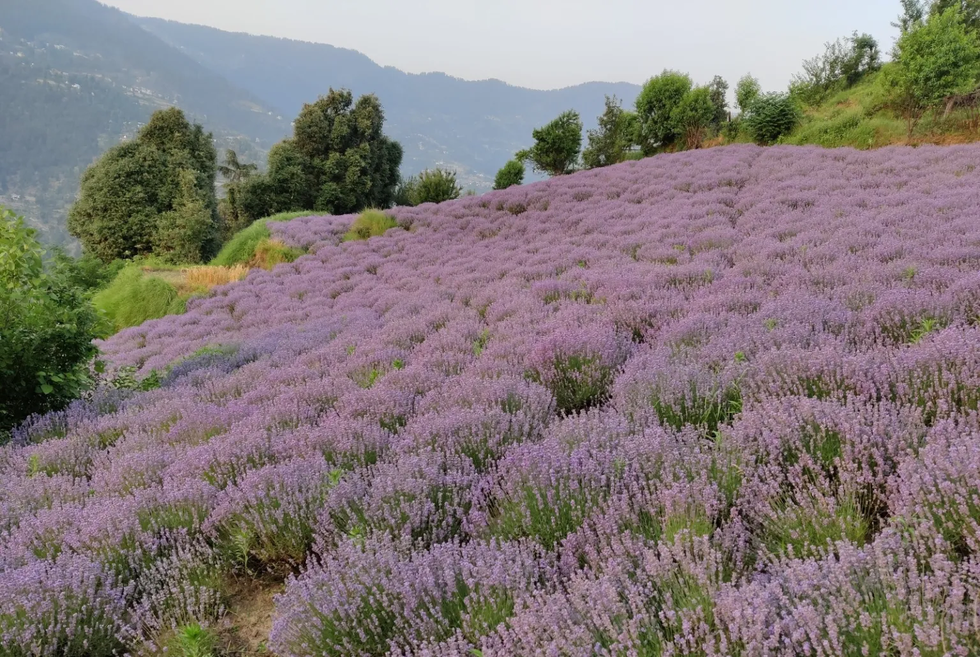
About Lavender Cultivation:
- It is a crop native to Europe but was introduced in the temperate regions of Jammu & Kashmir state by the CSIR Aroma Mission.
- It is a small, perennial aromatic herb shrub used in the fragrance, specialty food, and alternative medicine industries.
- Propagation of lavender can be done by seeds, rooted cuttings, tissue culture, and layering.
- Required climatic conditions
- Soil: It can grow well in light well-aerated soil rich with organic matter. It grows best in neutral to alkaline soil which is free draining. This crop is very sensitive to waterlogging however can go well with poor or eroded soil.
- Rainfall: It can produce well with an annual rainfall range from 300 to 1400 mm per year.
- Climate: It is a hard and temperate plant that can tolerate drought and frost conditions. The ideal climatic conditions are cool winters and cool summers. It requires a good amount of sunlight.
- It can be grown in areas that experience snowfall and have a hilly terrain.
- Applications: Food and flavouring, pharmaceutical and therapeutic, cosmetic, and industrial purposes etc.
9. Bank account Vs Demat account
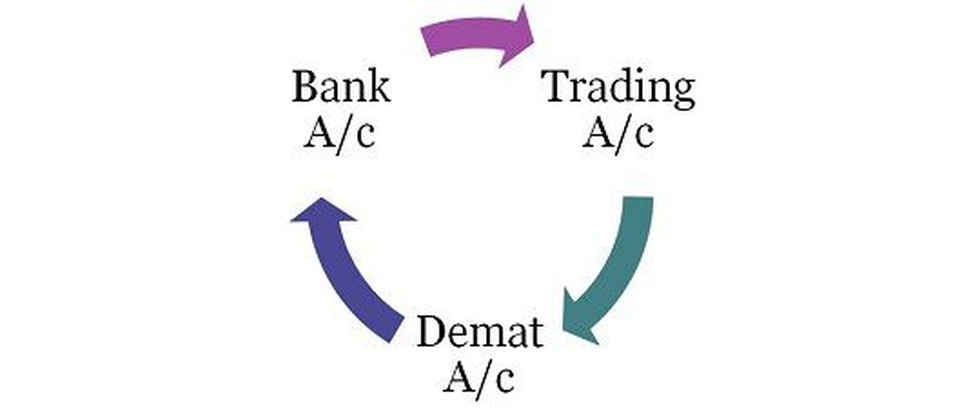
About Bank account Vs Demat account:
- Bank account
- Purpose: A bank account is used for storing and managing money. It facilitates various financial transactions such as deposits, withdrawals, transfers, bill payments, and online transactions.
- Types of Assets Held: It holds funds in the form of cash, which can be deposited, withdrawn, or transferred as required. Some bank accounts may also hold fixed deposits, savings certificates, or other financial products offered by the bank.
- Regulatory Authority: Bank accounts are regulated by banking regulators such as the Reserve Bank of India (RBI) in India.
- Transactions: It involves deposits, withdrawals, transfers, and payments. Customers can use various channels such as ATMs, online banking, mobile banking, and cheques to conduct banking transactions.
- Interest and Returns: Bank accounts may earn interest on the funds deposited, depending on the type of account and prevailing interest rates. Some bank accounts also offer rewards or cashback on transactions.
- Demat account: It serves as a secure digital vault for holding various securities. It stores securities in electronic format, a process known as dematerialisation, effectively converting physical shares into digital assets.
- Purpose: A demat account is primarily used for holding and trading securities such as stocks, bonds, mutual funds, and Exchange-Traded Funds (ETFs) in electronic form. It allows investors to buy, sell, and transfer securities seamlessly.
- Types of Assets Held: Securities held in a demat account are in electronic or digital form. These include stocks, bonds, debentures, mutual fund units, government securities, and other financial instruments.
- Regulatory Authority: These are regulated by securities market regulators such as the Securities and Exchange Board of India (SEBI) in India. Depositories like the National Securities Depository Limited (NSDL) and Central Depository Services Limited (CDSL) oversee the functioning of demat accounts.
- Transactions: It involves buying, selling, and transferring securities. Investors can trade securities on stock exchanges through their demat accounts.
- Interest and Returns: Demat accounts do not generate interest or returns on the securities held in the account. Returns are generated based on the performance of the securities held.
10. Directorate General of Trade Remedies
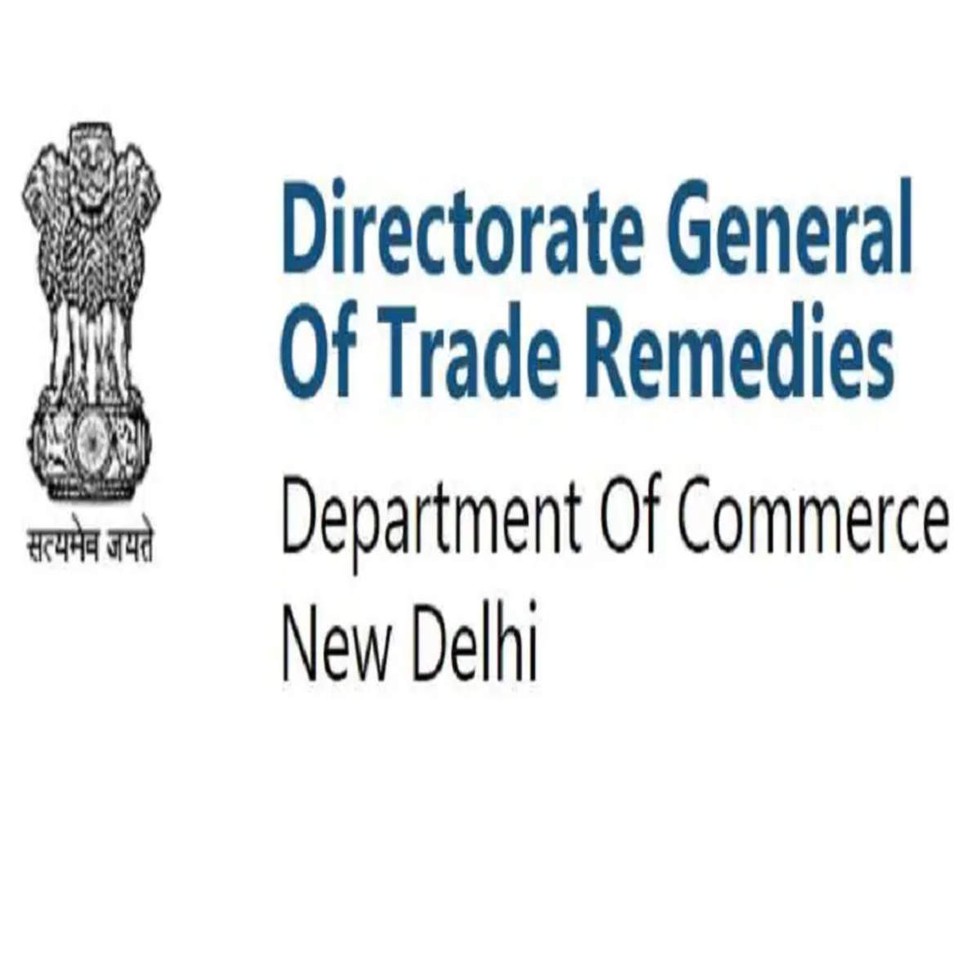
About Directorate General of Trade Remedies:
- It was earlier known as the Directorate General of Anti-dumping and Allied Duties (DGAD) and was formed in 2018.
- It works as a single national entity dealing with all kinds of Trade Remedial measures (anti-dumping, countervailing, safeguard).
- It provides a level playing field to the domestic industry against unfair trade practices like dumping, subsidization and surge in imports.
- Functions:
- Conducting anti-dumping investigations and recommendations to the Government of India (GoI).
- Conducting anti-subsidy/CVD investigations and recommendations to GoI.
- Conducting safeguard investigations and recommendations to GoI
- Handling litigation matters before CESTAT, High Courts and Supreme Court of India.
- Conducting Outreach programmes to create and spread conceptual awareness and explain the workings of DGTR
- Exchange of information with the World Trade Organisation (WTO).
- Nodal Ministry: It functions as an attached office of the Department of Commerce, Ministry of Commerce and Industry.
What is Sodium cyanide (NaCN)?
- It appears as a white crystalline solid, lump solid or powder.
- It contains equal numbers of sodium cations and cyanide anions.
- Application
- It is used as an insecticide, a test reagent for the function of chemoreceptors, and in many industrial processes.
- It is also used in the extraction of gold and silver from their respective ores, in electroplating and the heat treatment of metals, and in manufacturing insecticides, dyes, pigments, and bulk drugs, etc.


























































































































































.png)
.png)
.png)
.png)
.png)


.png)
.png)
.png)





.png)
.png)






.png)
.png)
.png)
.png)
.png)
.png)
.png)
.png)
.png)

.png)







.png)
.png)


.png)
.png)
.png)


.png)

.png)
.png)





.jpg)

.png)
.png)


.png)

.png)
.png)
.png)

.jpg)

.jpg)


.png)

.png)
.png)
.png)
.png)
.png)
.png)
.png)
.png)
.png)
.png)




.png)

.png)





.png)
.png)
.png)
.png)
.png)
.png)
.png)
.png)
.png)
.png)
.jpg)
.jpg)

.png)
.png)
.png)
.png)
.png)
.png)
.png)
.png)
.png)
.png)
.png)
.png)
.png)
.png)
.png)
.png)
.png)
.png)
.png)
.png)
.png)
.png)



.png)
.png)

.jpg)
.jpg)


.jpg)
.jpg)
.jpg)
.jpg)
.jpg)

.jpg)








.jpg)
.jpg)
.jpg)
.jpg)
.jpg)

















.jpg)
.jpg)







.jpg)


















.jpg)
.jpg)






























































































.jpg)
.jpg)


























.jpg)

.jpg)










.jpg)








.jpg)




.jpg)










.jpg)


















.jpg)












































.jpg)














.jpg)
.jpg)
.jpg)





.jpg)

.jpg)
.jpg)





































































.jpg)


































.jpg)
.jpg)
















































.jpg)












.jpg)


.jpg)




.jpg)
.jpg)
.jpg)

.jpg)
.jpg)
.jpg)
.jpg)

.jpg)
.jpg)
.jpg)

.jpg)
.jpg)
.jpg)
.jpg)
.jpg)
.jpg)
.jpg)
.jpg)

.jpg)


.jpg)
.jpg)
.jpg)
.jpg)
.jpg)
.jpg)
.jpg)
.jpg)
.jpg)
.jpg)











.jpg)
.jpg)





.jpg)
.jpg)
.jpg)
























.jpg)
























.jpg)









.jpg)
.jpg)







.jpg)
.jpg)









































.jpg)
.jpg)
.jpg)
.jpg)
.jpg)

.jpg)
.jpg)
.jpg)
.jpg)
.jpg)


.jpg)
.jpg)
.jpg)
.jpg)
.jpg)

.jpg)
.jpg)
.jpg)
.jpg)
.jpg)
.jpg)
.jpg)
.jpg)
.jpg)
.jpg)
.png)

.png)
.png)

.png)
.png)
.png)
.png)


.jpg)
.jpg)

.jpg)
.jpg)
.jpg)

.png)
.png)
.png)
.png)
.png)
.png)
.png)

.png)
.png)
.png)
.png)
.png)
.png)
.png)
.png)
.png)
.png)





































































-min.png)



.png)




.png)








































